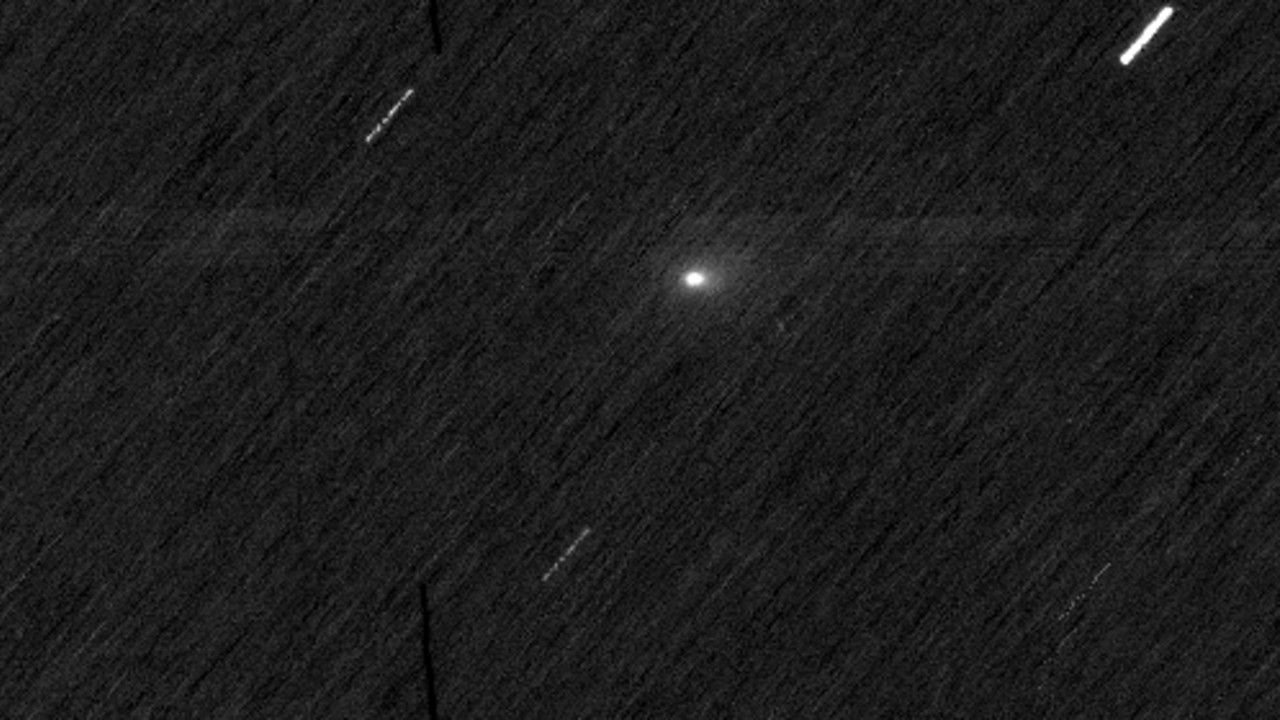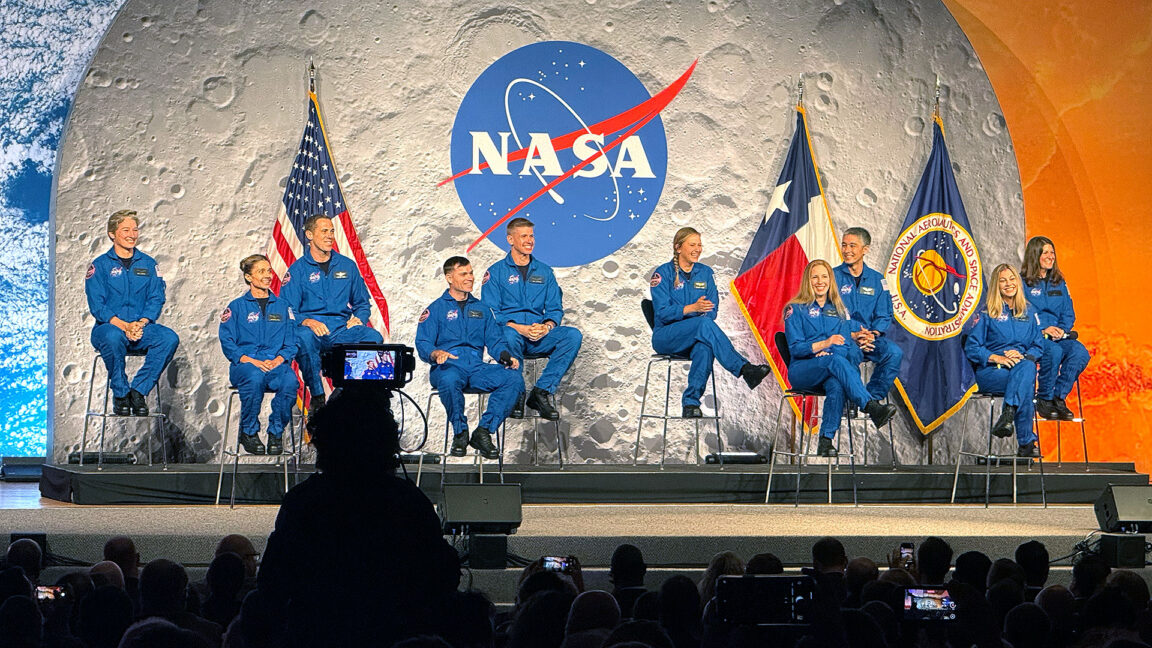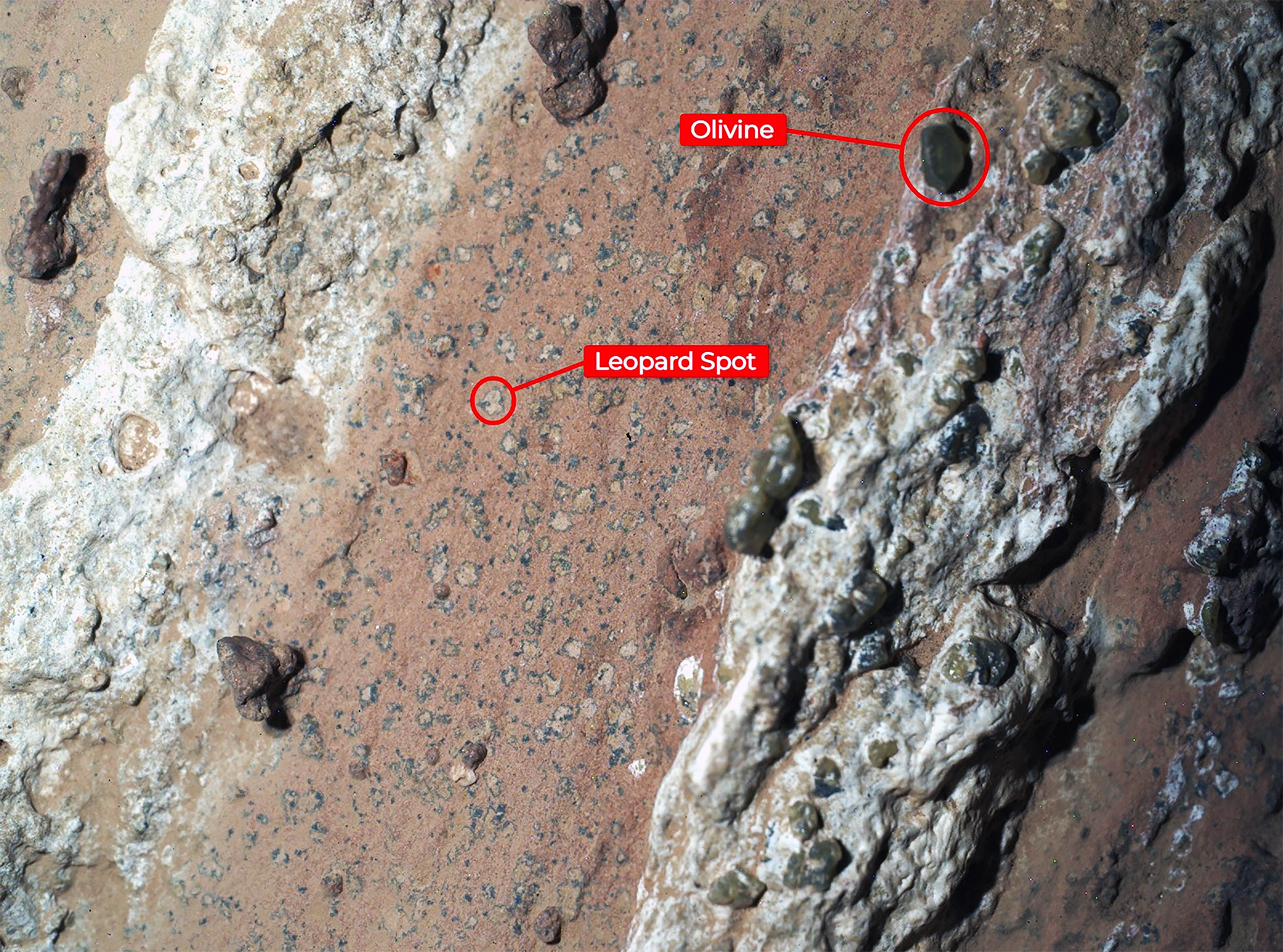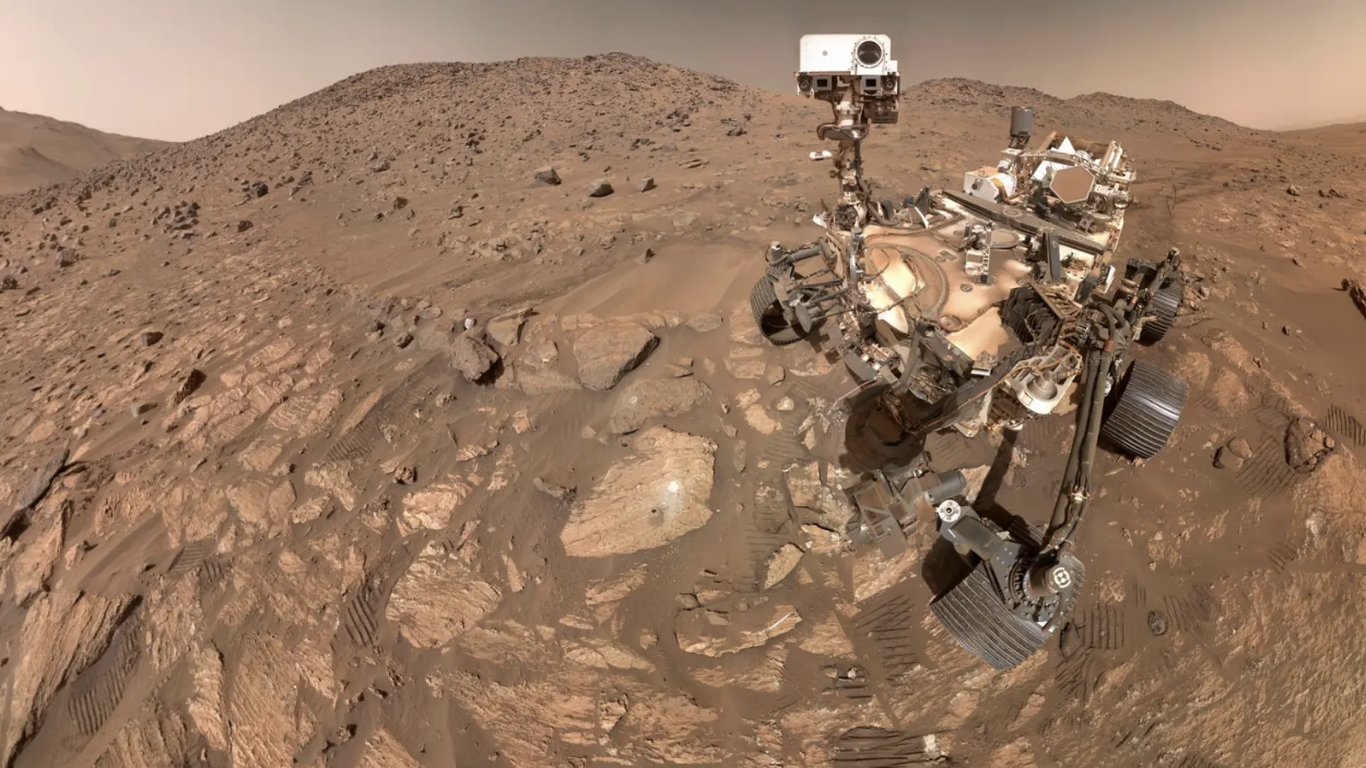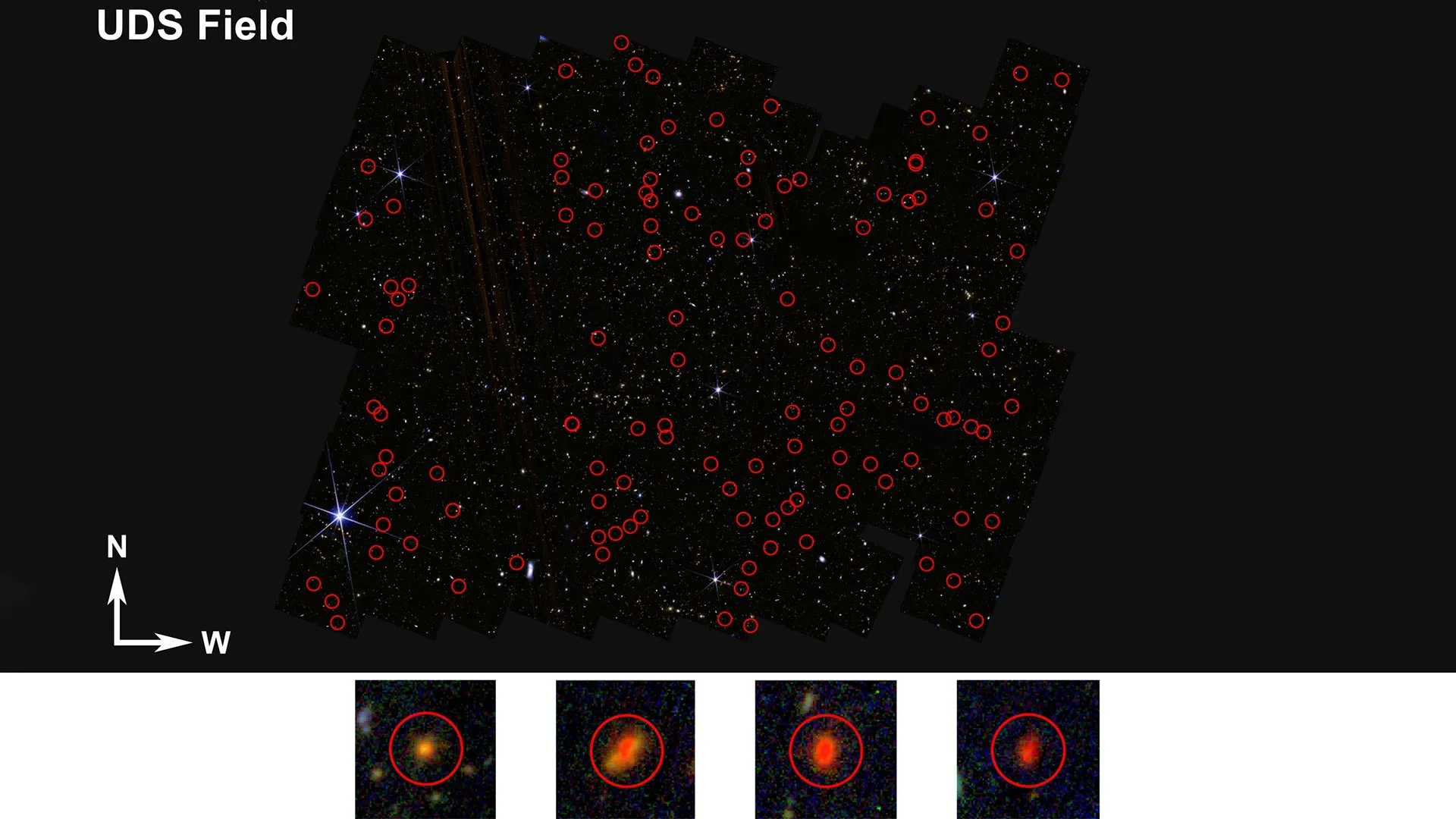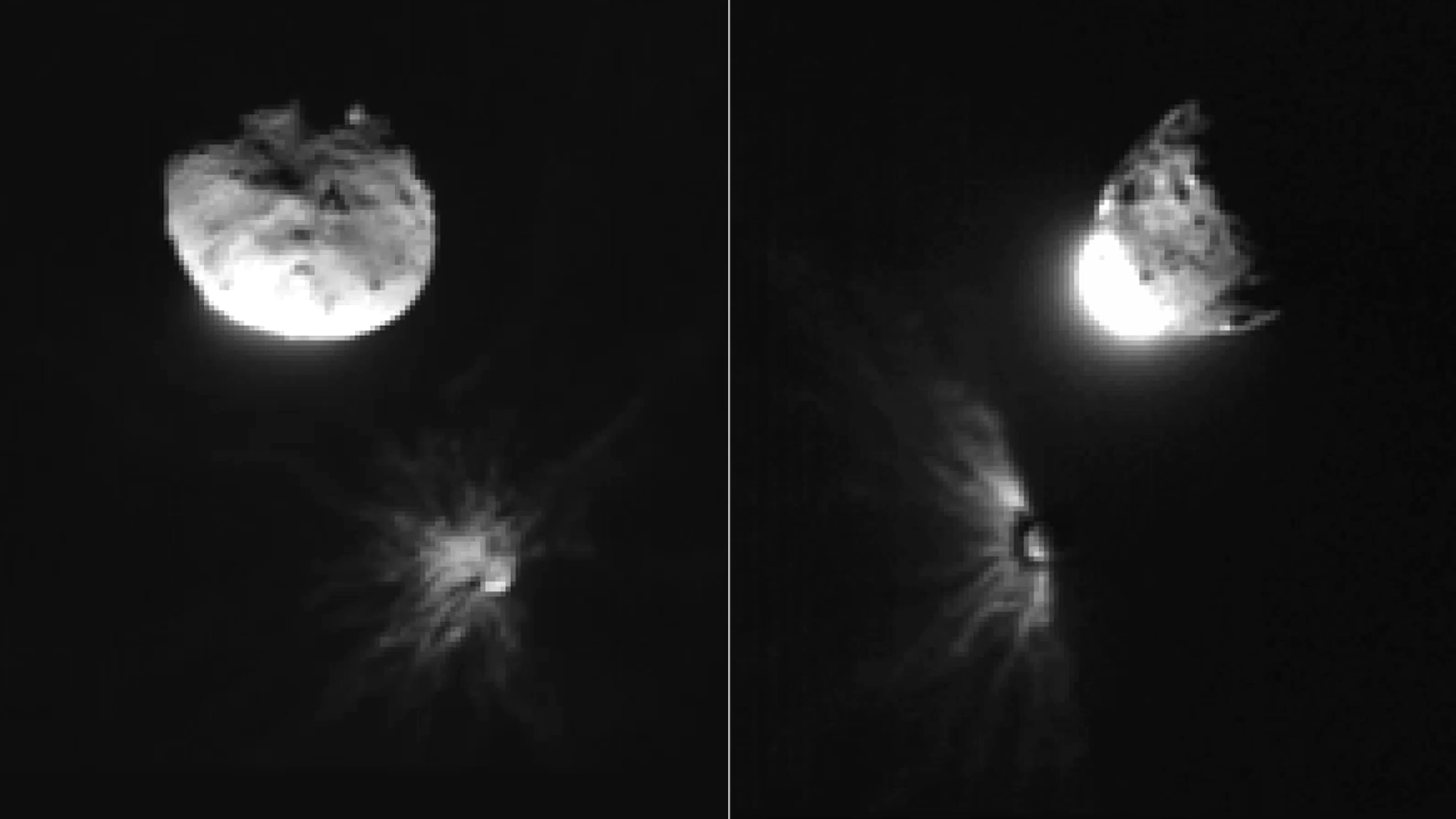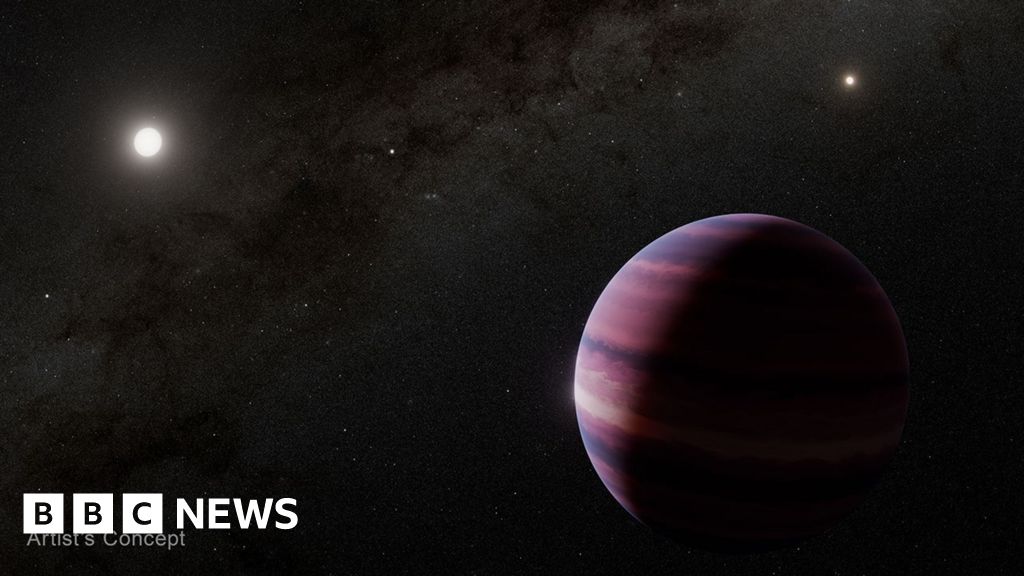Lawmakers Demand NASA Release of Interstellar Comet 3I/ATLAS Imagery

U.S. Accused of Withholding Images of Interstellar Comet 3I/ATLAS
Recent controversy surrounds NASA as lawmakers and scientists urge the agency to release photographs of the rare interstellar comet 3I/ATLAS captured near Mars. This comet, traveling at astonishing speeds exceeding 1.2 million kilometers per hour, is the third known visitor from outside our solar system, following Oumuamua and Borisov. Its composition, marked by carbon dioxide and radiation damage, suggests an origin billions of years older than our sun, offering unique insights into distant planetary formation.
Scientific and Public Interest
Researchers emphasize the comet's potential to deepen understanding of cosmic phenomena beyond our system. However, NASA’s delay in sharing detailed imagery and data has sparked frustration and speculation, fueling misinformation online. The European Space Agency remains the only entity to have publicly released a verified image so far. The global scientific community and public await NASA’s transparency to validate findings and advance knowledge about this enigmatic visitor.
About the Organizations Mentioned
NASA
The National Aeronautics and Space Administration (NASA) is the United States’ premier civil space agency, responsible for the nation’s civilian space program, aeronautics research, and aerospace technology development[1][2]. Headquartered in Washington, D.C., NASA operates ten major field centers across the country and employs nearly 18,000 civil servants, supported by an extensive network of contractors, academic institutions, and international partners[1][2]. Since its establishment in 1958, NASA has revolutionized humanity’s understanding of the cosmos, pioneered technological advancements, and shaped global space policy. ## History and Key Achievements NASA was created in response to the Soviet Union’s 1957 launch of Sputnik, with the goal of ensuring U.S. leadership in space exploration. It succeeded the National Advisory Committee for Aeronautics (NACA) and quickly became the driving force behind iconic programs such as Project Mercury (America’s first human spaceflight program), Project Gemini (which developed techniques for space rendezvous and extravehicular activity), and the Apollo program, which landed astronauts on the Moon between 1969 and 1972[1]. The agency also developed the Space Shuttle, the world’s first reusable spacecraft, and built the International Space Station (ISS), a symbol of international collaboration and scientific research[1][5]. NASA’s robotic exploration has been equally transformative, with over 1,000 uncrewed missions investigating Earth, the Moon, Mars, and beyond. The agency’s fleet of observatories—including the Hubble Space Telescope and the James Webb Space Telescope—has provided unprecedented views of the universe, from the birth of stars to the detection of exoplanets[1]. The Perseverance rover is currently searching for signs of ancient life on Mars, while New Horizons explored Pluto and the outer solar system[1]. ## Current Status and Notable Aspects Today, NASA is advancing the Artemis program, aiming to return human
European Space Agency
The **European Space Agency (ESA)** is an intergovernmental organization of 23 European member states, founded in 1975 to coordinate and advance Europe’s space exploration and technology capabilities. Headquartered in Paris with around 2,547 staff worldwide as of 2023, ESA’s mission spans scientific research, Earth observation, satellite navigation, human spaceflight, and space infrastructure development, making it a key player in the global space economy[2][1]. ESA was established by 10 countries aiming to pool resources for space science, launch capabilities, and applications. Over five decades, it expanded its membership and scope, now operating major programs such as the Ariane launch vehicles, the International Space Station (ISS) involvement, and collaborations with NASA, including the Artemis lunar missions. ESA also develops uncrewed missions to planets, asteroids, and the Sun, and manages Europe's spaceport in French Guiana[1][2]. Key achievements include the Galileo satellite navigation system, which began from ESA’s 2003 Giove-A test satellite and now underpins Europe’s strategic positioning and services. ESA’s long-running Solar and Heliospheric Observatory (SOHO) and gamma-ray observatory Integral have provided decades of scientific data. The recent launch of the Euclid telescope in 2023 marks a new phase in cosmological research. ESA’s Business Incubation Centres, established 20 years ago, foster space technology startups, boosting innovation and commercialization within Europe[1][2]. In 2025, ESA’s budget stands at €7.7 billion, reflecting its strategic importance not only in science but also in business and security sectors. It actively fosters partnerships with global space actors, including India’s ISRO and commercial providers like SpaceX for satellite launches. ESA also supports the European Union’s space ambitions through programs like Copernicus and GOVSATCOM, connecting policy, technology, and industry to stimulate growth and autonomy in the space sector[2][
